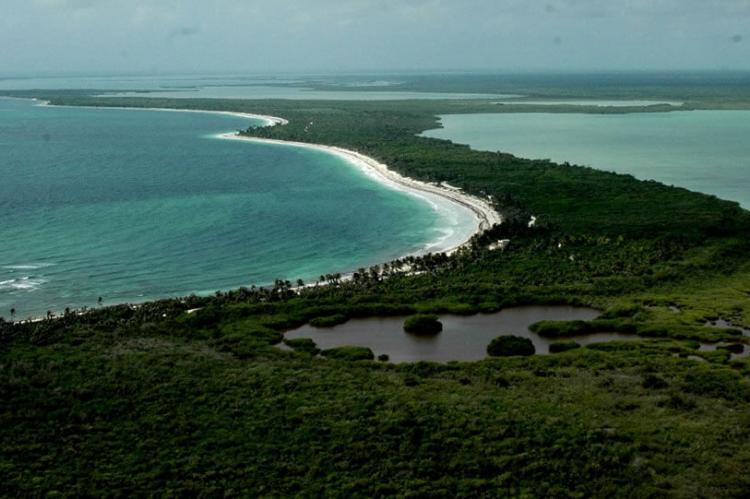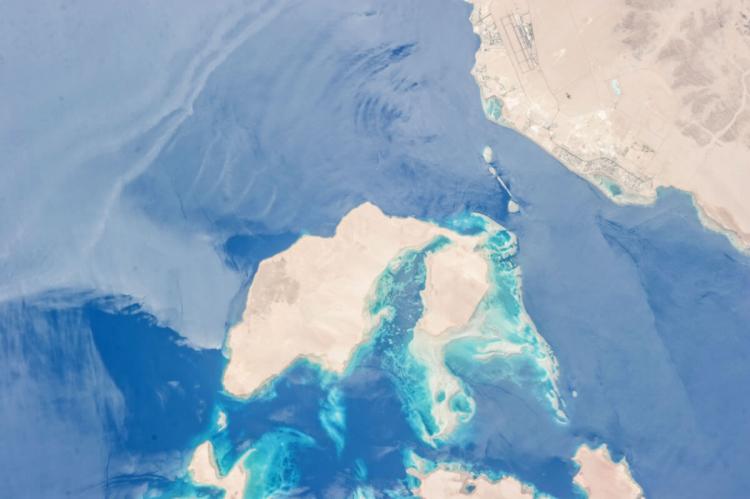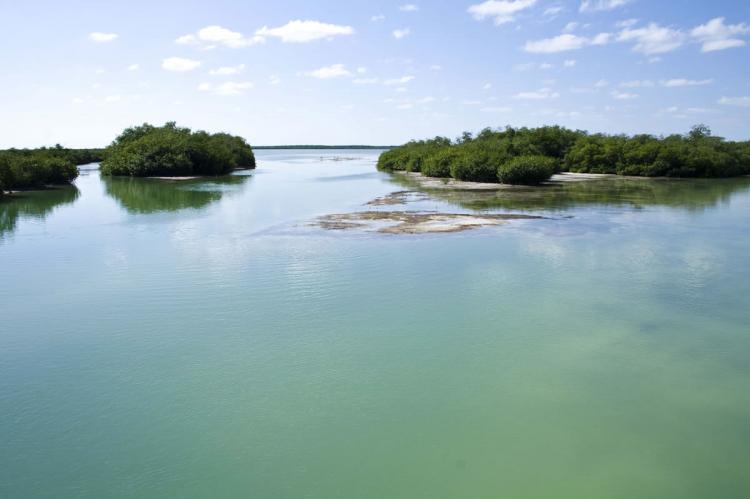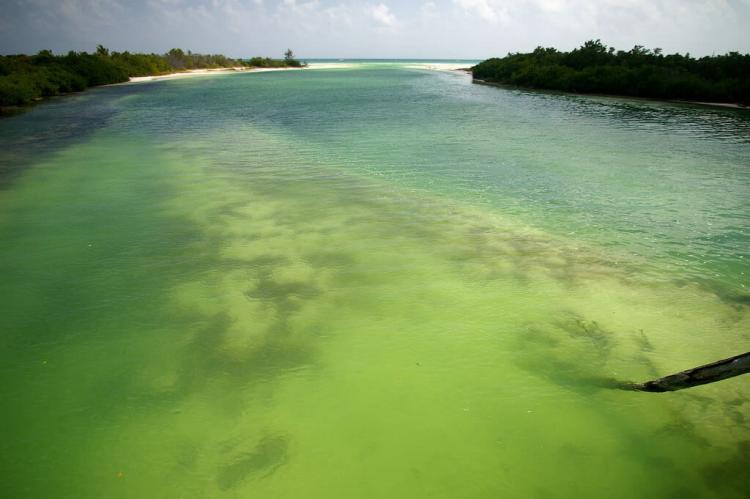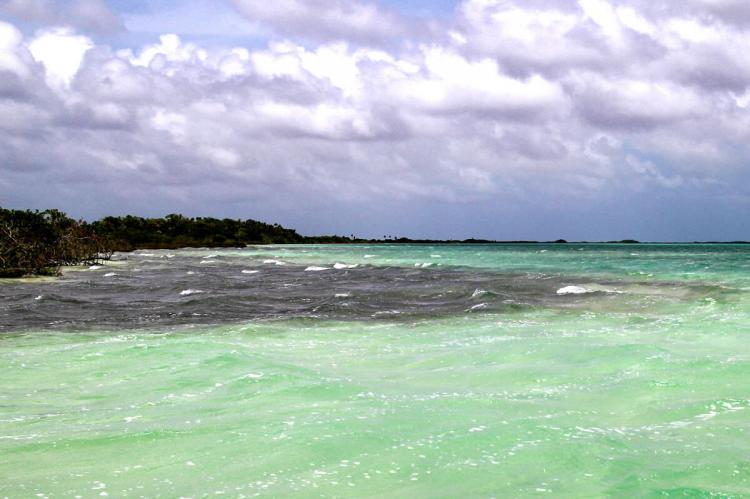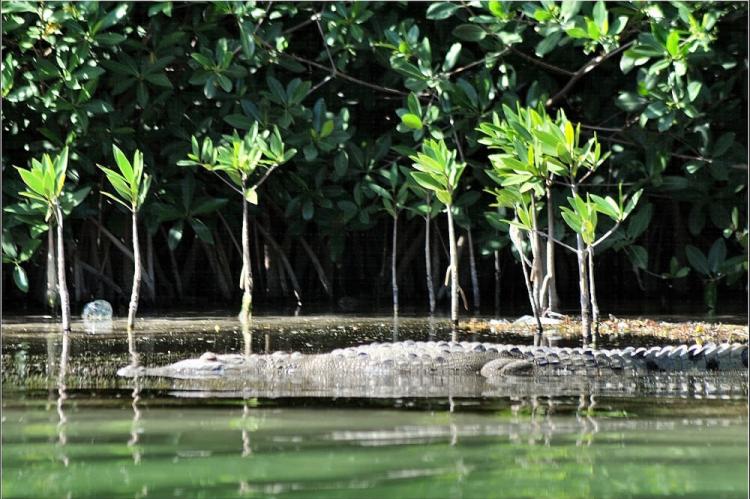Sian Ka'an: Mexico’s Hidden Ecological and Cultural Gem
The Sian Ka'an Biosphere Reserve, located on the eastern edge of the Yucatán Peninsula, is one of the world's most ecologically diverse and culturally significant areas. It is a sanctuary for rare and endangered species and spans marine, coastal, and terrestrial ecosystems.
The Pristine Wilderness of Sian Ka'an Biosphere Reserve: A Sanctuary of Biodiversity and Heritage
On the eastern edge of the Yucatán Peninsula, in the Mexican state of Quintana Roo, lies one of the world's most ecologically diverse and culturally significant areas—the Sian Ka'an Biosphere Reserve. Its name, meaning "Origin of the Sky" in the Mayan language, reflects the ancient reverence for this region, where the sea meets the sky in a magnificent display of natural beauty. Stretching across more than 1.3 million acres of marine, coastal, and terrestrial ecosystems, Sian Ka'an is not only a sanctuary for rare and endangered species but also a testament to the ecological and cultural wealth of the Yucatán. The reserve was declared a UNESCO World Heritage Site in 1987, solidifying its importance as a critical region for conservation and research.
Ecological Diversity and Protected Habitats
Forests, Wetlands, and Dunes
The Sian Ka'an Biosphere Reserve covers an impressive array of ecosystems, from tropical forests to marine habitats. It has vast deciduous and sub-evergreen forests, including medium-altitude and low-altitude semi-deciduous formations. These forests teem with life, providing shelter for many plant and animal species, many of which are endemic to the region.
The reserve also boasts an intricate network of wetlands, swamps, and freshwater savannahs, where flooded forests and marshlands thrive. The lush palm savannahs are juxtaposed with coastal lagoons and seasonal creeks, offering an unparalleled habitat for the numerous wading birds and aquatic species that call this area home. The mangrove stands, which cover about a third of the reserve, are particularly important for fisheries in the broader Caribbean region. These mangroves serve as nurseries for fish species and protect the coastline from erosion and storm surges, highlighting their ecological importance.
Marine Ecosystems: Coral Reefs and Seagrasses
The marine component of Sian Ka'an is equally remarkable. The reserve is home to a portion of the Mesoamerican Barrier Reef, the second-largest coral reef system in the world. The marine habitats, which include vast expanses of seagrass beds and coral reefs, support a rich diversity of life. Seagrasses are crucial in maintaining the reef system's health by stabilizing sediments and providing food for marine species such as the endangered West Indian manatee.
Coral reefs are vibrant ecosystems that shelter an astonishing variety of marine life. Over 84 species of coral and hundreds of species of fish and invertebrates live in these waters, contributing to the ecological richness of the reserve. Marine turtles, including four species that nest within the reserve, further emphasize Sian Ka'an's significance as a marine conservation area.
Fauna of Sian Ka'an: A Haven for Wildlife
Mammals and Birds
Sian Ka'an is renowned for its incredible diversity of wildlife. The reserve is home to 103 species of mammals, including several large predators such as the jaguar (Panthera onca), puma, and ocelot. The Central American tapir, another iconic species, roams the forests, and the elusive Caribbean manatee glides through the mangrove channels and lagoons. The presence of these species underscores the reserve's role as a critical sanctuary for threatened and endangered animals.
In addition to its mammals, Sian Ka'an boasts an extraordinary avian population, with 339 bird species documented in the area. Of these, 219 are residents, while 120 species are migrants or temporary visitors. Marine and wading birds are particularly well-represented due to the diverse aquatic habitats within the reserve. The wetlands and mangroves are essential nesting and feeding grounds for these birds, contributing to their survival and the overall ecological balance of the area.
Insects, Amphibians, and Reptiles
The rich biodiversity of Sian Ka'an extends beyond mammals and birds to include a wide variety of invertebrates and other creatures. The reserve is home to over 318 species of daytime butterflies, 47 species of dragonflies, and 74 species of beetles. Native bees, essential pollinators for many of the reserve's plant species, are also abundant, with 90 species recorded. Amphibians and reptiles, including numerous lizards, frogs, and snakes, thrive in the humid conditions of the wetlands and forests, further showcasing the area's biodiversity.
Cultural and Historical Significance
Mayan Heritage and Archaeological Sites
Sian Ka'an is a natural paradise and a site of immense cultural and historical importance. The ancient Mayans who once inhabited this region left a rich archaeological legacy. Twenty-three Mayan sites have been recorded within the reserve, each offering insights into the sophisticated civilization that once thrived here. Among these, the ruins of Tulum and Chunyaxché stand out as some of the most important, providing a direct connection between the reserve's natural and cultural landscapes.
Tulum, located just north of the reserve, is one of Mexico's most visited archaeological sites. Perched on cliffs overlooking the Caribbean Sea, the ancient walled city was once a thriving trading hub. The Chunyaxché ruins, nestled deeper within the reserve, offer a quieter, more intimate experience of Mayan history. These sites, along with others like Vigia del Lago and Xamach, make Sian Ka'an an invaluable repository of human heritage.
Cenotes: Geological Wonders
One of the Sian Ka'an Biosphere Reserve's most unique features is its cenotes—deep natural sinkholes that form when limestone collapses, exposing the groundwater beneath. These cenotes are geological wonders and vital ecological zones, harboring endemic life forms found nowhere else on Earth. The interconnected underground waterways and flooded galleries create habitats for various aquatic species, some of which have adapted to these dark, submerged environments over millennia.
Conservation Challenges and Efforts
Threats to the Ecosystem
Despite its protected status, the Sian Ka'an Biosphere Reserve faces numerous environmental threats. Climate change, unsustainable tourism, and illegal logging are the most pressing issues. Rising sea levels and increasing temperatures threaten the delicate balance of the marine and coastal ecosystems, while deforestation impacts the integrity of the tropical forests. The region's popularity with tourists also presents challenges, as increased human activity can lead to habitat degradation if not properly managed.
Ongoing Conservation Efforts
To address these threats, various conservation organizations, both local and international, are working to protect Sian Ka'an's biodiversity. Efforts include habitat restoration, anti-poaching patrols, and sustainable tourism initiatives that minimize human environmental impact. Additionally, research programs within the reserve focus on monitoring species populations and understanding the long-term effects of climate change on the ecosystems.
Conclusion
The Sian Ka'an Biosphere Reserve is a globally significant natural sanctuary where biodiversity, history, and culture intersect in extraordinary ways. Its diverse ecosystems, from tropical forests to coral reefs, provide a home to countless rare or endangered species. The reserve also holds deep cultural significance, with ancient Mayan sites offering glimpses into the region's rich human past. As one of Mexico's largest protected areas, Sian Ka'an is a vital conservation area, though it continues to face challenges from environmental threats. Through ongoing efforts in research, conservation, and sustainable tourism, this remarkable region will continue to inspire awe and appreciation for generations to come.
